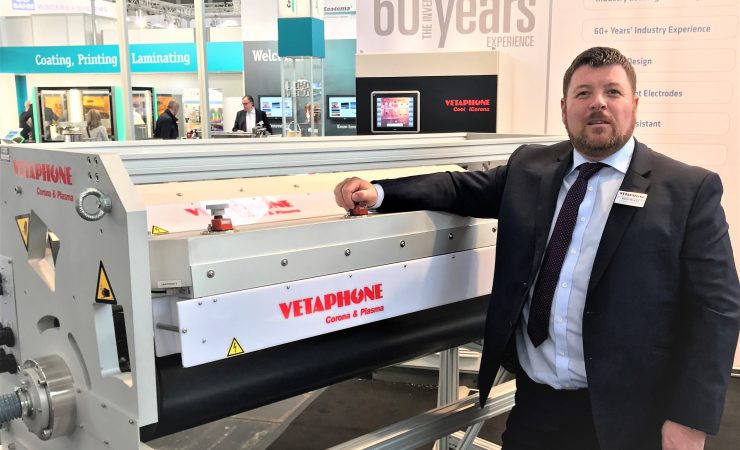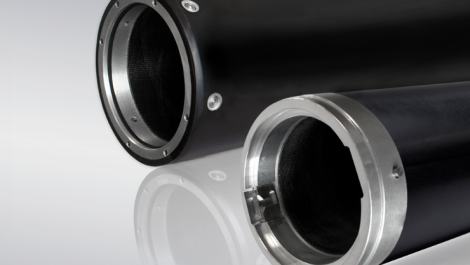While many different parts of the flexographic printing process may vie for the title of leading role, there are also many others which play a vital role, but are often overlooked in importance. By Michal Lodej.
Like any high-speed, high-quality operation, a winning result is only secured by having all parts of the chain working at maximum efficiency.
No matter how much money you spend on the latest high-tech printing press, whether CI or inline, its ultimate potential can only be reached if all the ancillary elements match it for quality and performance.
One of these unsung heroes is the instrument that makes sure that the ink runs as it was intended. Gama provides viscosity control systems for ink, adhesives and varnishes in the packaging market. Its viscometers VIS G26 and G29 have been developed as compact and easy to use tools that control ink viscosity, solvent-based and water-based, integrated in the pipe for the distribution of the ink from the container to the printing unit.
The VIS G26 is based on a principle of ink control through the vibration of a sensor that in contact with the ink softens its vibration and creates a wave that goes through the liquid.
The viscosity values are compared with the set up data and, for every variation, the supervisor can make changes on the fly to perfect the formula of ink/solvent and will automatically modify the percentage of solvent in the ink. The system provides the operator with a production report about the viscosity, temperature and quantity deviation of the solvent used.
Corona treatment has become an essential for printing, coating, or laminating onto any non-absorbent substrate. In simple terms, a means of overcoming the surface tension of the material to allow the ink, varnish, or adhesive to bond, it is as vital a part of the production operation today as any other, especially considering the burgeoning growth of flexible packaging and filmic labels.
Kevin McKell, Vetaphone’s vice president of sales and marketing, explained, ‘I know from experience that there have been many occasions over the years when the performance of a press and the quality of its print were being adversely affected by poor surface treatment. But to appreciate its value, you need to understand its role.
‘First, there is the need for simple corona treatment, and this applies to virtually all narrow web press applications. It will typically require a corona unit to deliver a power rating of 1.5–2.0kW and provide excellent performance on standard substrates run off at low to medium speeds.
‘The second section has been created by the development of new and more difficult substrates. These are run off on the latest generation of presses that have been optimised by manufacturers for high speed production. These factors place an increased demand on the Corona unit to deliver the correct dyne level, which typically needs to be rated at 4.0–8.0kW. To understand this concept, think of the similar situation with UV curing, where dwell time under the lamp, defined by power rating and running speed, are critical to achieving a complete cure.
‘The third and final section relates to those substrates that have been developed to produce what I will call ‘unique’ products, typically using special inks and lacquers, lamination, multi web applications and other techniques to produce sophisticated products. The chemical constituents of these substrates require a chemical treatment process as well as a physical one – and in these instances plasma treatment is necessary to ensure bonding.’
See the light
Mekall has introduced a new range of high definition lightboxes which will offer superior performance and functionality.
Traditional light boxes have a varied level of intensity and clarity but the key benefit to the viewer is that the entire area of the object being viewed is illuminated at exactly the same level. As such the object only needs to be positioned once and viewed; no adjustment is required to seek a more effective point of light.
David Westwood, sales and marketing manager, said, ‘The drawback with most light boxes is that the spread of light is not uniform across the surface meaning that the object has to be moved around to be viewed properly. Using our years of expertise in LED technology we have developed an HD light box which offers superior performance.’






